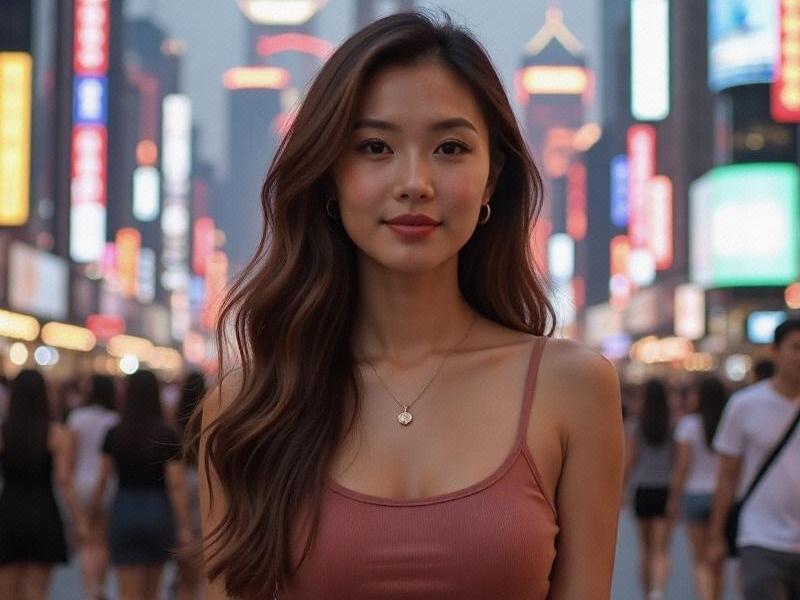
The scent of oil paints mingles with the aroma of freshly brewed coffee in Shanghai's M50 art district, where century-old textile mills now house avant-garde galleries. This sensory juxtaposition encapsulates Shanghai's cultural metamorphosis - from industrial powerhouse to Asia's most dynamic creative hub in just two decades.
Shanghai's cultural renaissance gained international recognition when it was named UNESCO's "City of Design" in 2010, but the real transformation occurred in the past decade. The West Bund Museum Corridor, a 9.4 km stretch along the Huangpu River, now hosts over 20 major cultural institutions including the Long Museum, Yuz Museum, and the recently opened Pompidou Shanghai. "We chose Shanghai over Hong Kong and Singapore because nowhere else in Asia offers this concentration of art infrastructure and collector base," says Marie-Claude Beaud, director of Pompidou Shanghai.
上海龙凤419油压论坛 The numbers tell a compelling story: Shanghai's cultural and creative industries grew by 12.7% annually since 2015, now contributing 13.2% to the city's GDP. The Shanghai International Film Festival has become Asia's largest, with 2024 submissions doubling from pre-pandemic levels. Meanwhile, the Tank Shanghai complex - repurposed aviation fuel tanks turned art spaces - symbolizes the city's talent for industrial adaptive reuse.
Beyond visual arts, Shanghai's performing arts scene thrives. The 1,800-seat Shanghai Opera House, designed by Christian de Portzamparc, hosts over 300 performances annually. "The sophistication of Shanghai audiences now rivals Paris or New York," says conductor Yu Long, founder of the China Philharmonic Orchestra. "Our Wagner cycle sold out in seven minutes."
上海品茶论坛 This cultural boom extends beyond city limits through the Yangtze River Delta Cultural Alliance. The "Cultural Passport" program allows residents of Shanghai, Jiangsu, Zhejiang, and Anhui to access over 300 museums and theaters across the region. High-speed rail enables same-day trips to Suzhou's classical gardens or Hangzhou's Liangzhu Museum of Arts.
419上海龙凤网 Yet challenges persist. While international galleries flourish, local artists struggle with rising rents. "My studio costs tripled since 2020," complains painter Zhang Xiaogang. The government has responded with subsidized creative spaces in Hongkou and Putuo districts, but many worry about commercialization diluting Shanghai's avant-garde spirit.
As Shanghai prepares to host the 2026 World Design Capital events, the city stands at a crossroads between cultural commercialization and authentic artistic expression. Its ability to balance these forces will determine whether it becomes Asia's permanent cultural capital or just another stop on the global art circuit.
